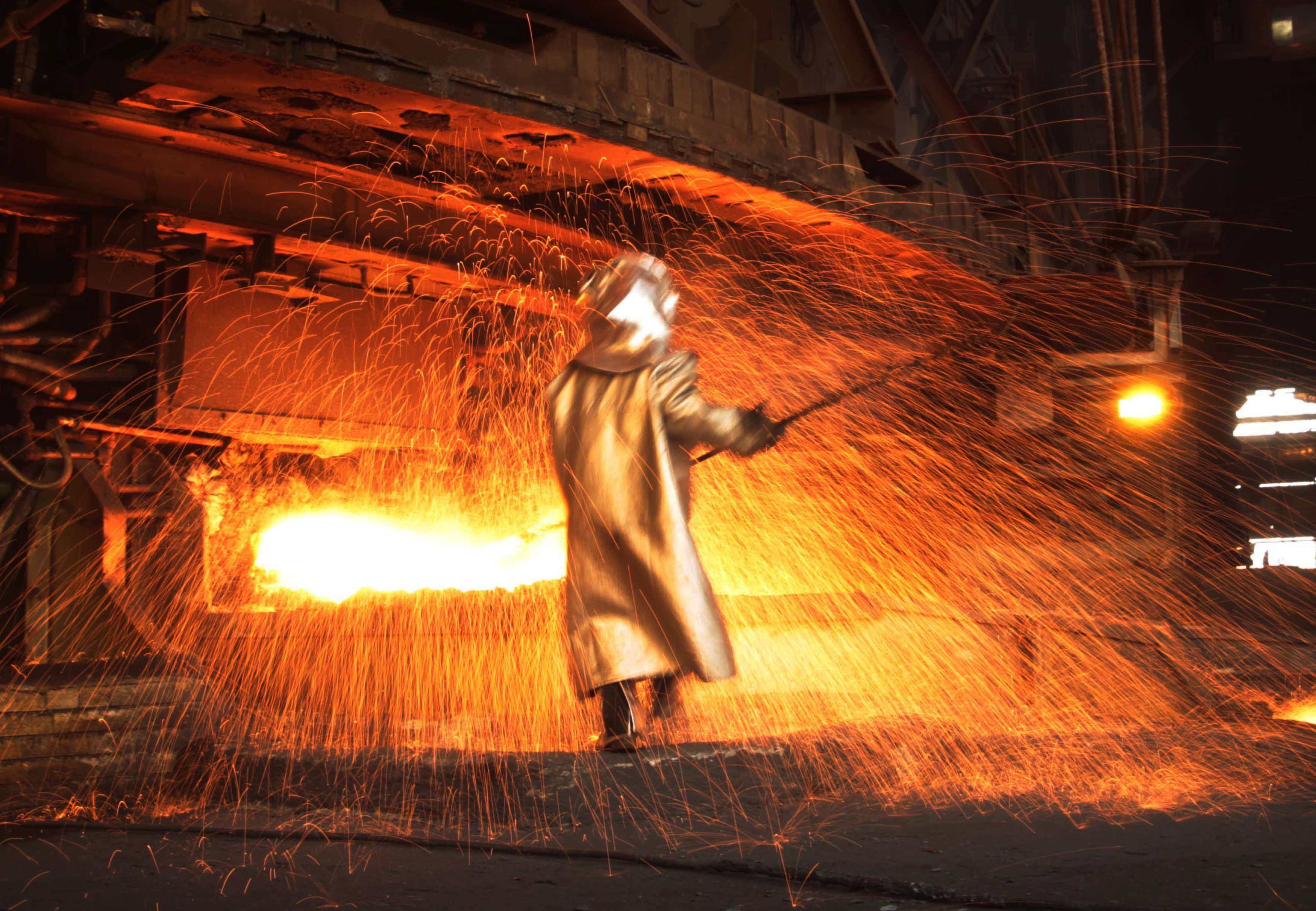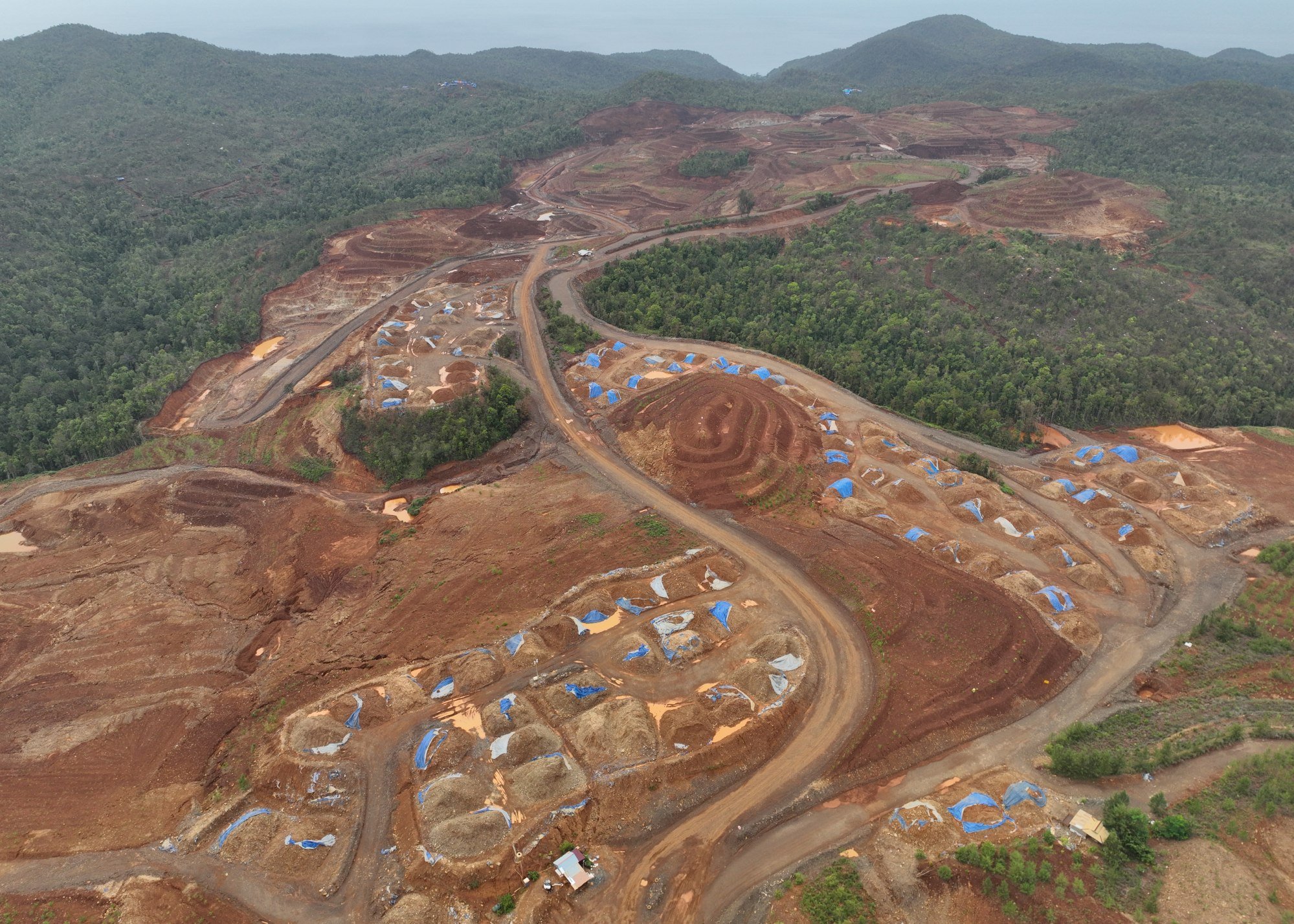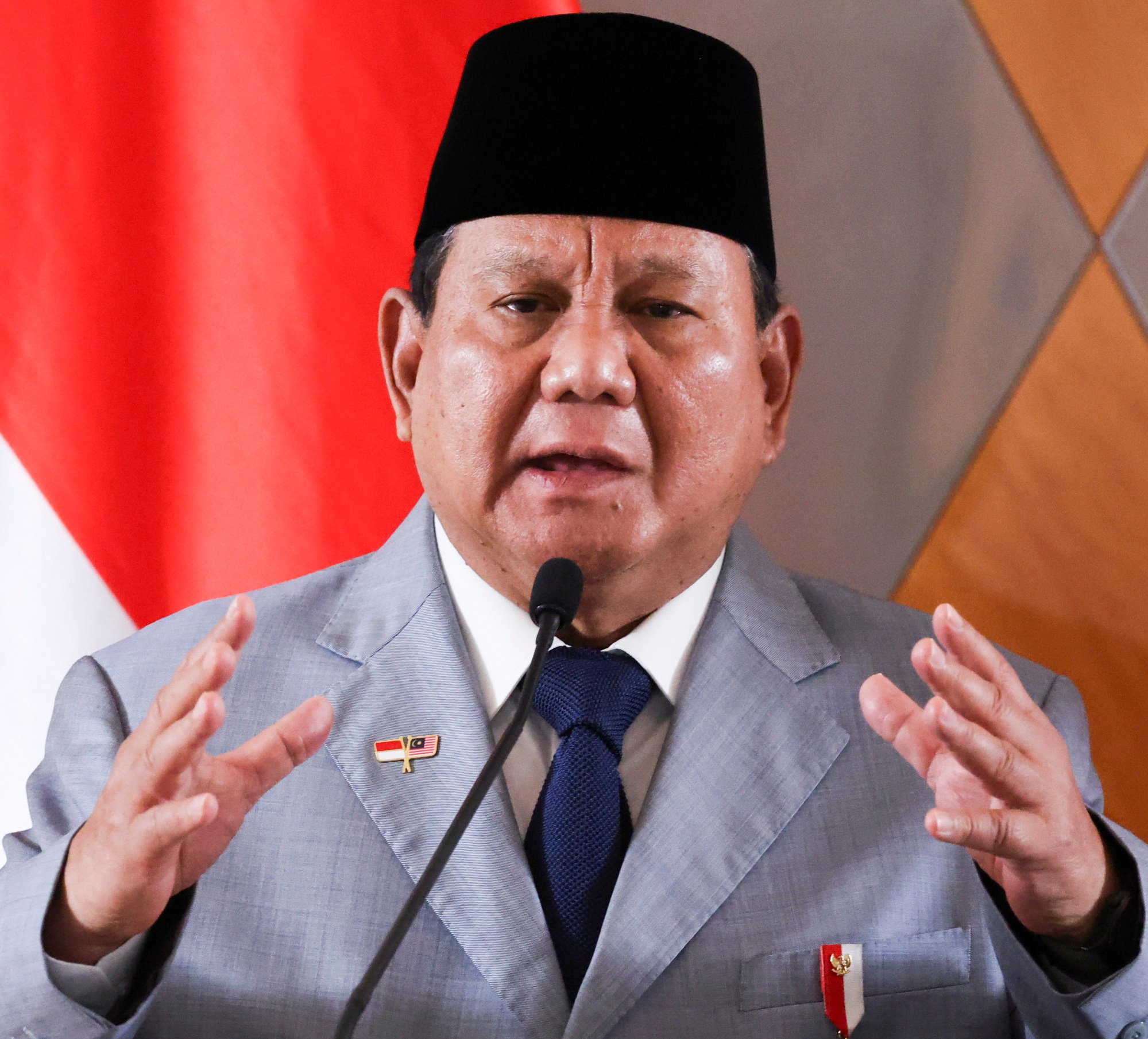In Indonesia, nickel miners warn of mass lay-offs as royalty rise threatens profits
The Indonesian government’s bid to boost state revenue and fund projects with higher mining royalties is being met with an industry backlash

Indonesia’s move to raise royalties on lucrative commodities offers an opportunity for the global nickel powerhouse to boost state revenue and fund President Prabowo Subianto’s ambitious flagship programmes. But it is facing resistance from mining groups.
The new royalty structure, implemented at the end of April, affects minerals including nickel, copper, tin, gold and bauxite. Nickel royalties, for example, have risen from a flat rate of 10 per cent to a range of 14 to 19 per cent.
Mining industry leaders warn that the increase could cut into profits and disrupt operations. Indonesian officials, however, say the policy will ultimately benefit Southeast Asia’s largest economy and make investments in the commodities sector more sustainable.
Cecep Mochammad Yasin, director of mineral business development at the Ministry of Energy and Mineral Resources, called it “a critical step towards ensuring that our natural resources give optimum benefits to all Indonesians”.
Indonesia holds the world’s largest proven nickel reserves and has focused on leveraging the commodity, vital for producing stainless steel and EV batteries, to strengthen its manufacturing sector. The approach has spurred billions of dollars in investment in recent years, primarily from Chinese firms such as steelmaker Tsingshan and battery giant CATL.

Today, Indonesia leads the global nickel mining and smelting industry, producing nearly half of the world’s refined nickel and two-thirds of its mined nickel, primarily on the islands of Sulawesi and Maluku.
By raising royalties, the government is hoping to further tap into its nickel reserves to increase state revenues and establish an electric-vehicle supply chain, according to analysts. In 2023, processed nickel exports from Indonesia rose to US$22 billion, accounting for 9 per cent of total exports, up from just 2 per cent in 2019.
However, demand has weakened due to sluggish EV adoption and the rising popularity of new battery technologies that do not rely on nickel. Indonesia’s role in causing the global nickel oversupply has also led to a sharp decline in prices.
Last month, the price of nickel dropped to US$15,078 per tonne at the London Metal Exchange, its lowest level since 2020, following US President Donald Trump’s announcement of a 90-day pause on his controversial tiered tariff regime.
Industry players were “caught by surprise” by the higher royalties, as they were not consulted ahead of the policy announcement, Hendra Sinadia, executive director of the Indonesian Mining Association, told This Week in Asia.
The sector was already under strain due to an economic slowdown, low nickel prices, and other government regulations put in place earlier this year, including a value-added tax increase and mandatory requirement to increase biodiesel use as fuel.
“The mining industry in Indonesia is resilient, but there are concerns, especially for small-scale miners,” he said. “There may be more operational costs forcing them to downsize.”
Squeezed profits
Josua Pardede, chief economist at Permata Bank in Indonesia, said the new policy “marks a pivotal shift in its extractive industry strategy” by seeking to balance financial optimisation, industrial growth and investment sustainability.
But he said the government had to consider the concerns of miners who have warned that higher royalties – amid falling nickel prices – could squeeze profit margins, deter investment and trigger operational cutbacks.
Indonesia’s economic growth slowed to its lowest level in more than three years in the first quarter of this year after rising around 5 per cent annually since the pandemic.
Growth in gross domestic product fell to 4.87 per cent in January to March from 5.02 per cent in the previous quarter, according to official data. The slowdown could challenge Prabowo’s pledge to raise annual growth to 8 per cent by the end of his term in 2029.
Hendra said targeting the commodities sector for revenue generation was a logical step given the significant contribution mining operations make to state finances.
Prabowo’s costly flagship policies, including a US$28 billion free meal scheme for children and pregnant mothers and a new sovereign wealth fund, have put the country’s finances under strain amid slowing global growth.
In March, the government reallocated US$19 billion from state funds to fund these initiatives, triggering student protests over austerity measures and economic concerns. The unrest led to the biggest sell-off in the Indonesian stock market since 2020, during the pandemic, and sent the rupiah to its lowest level since the 1998 Asian financial crisis.

“We know that the government is trying to expand its basket of revenue sources,” said Ahmad Zuhdi Dwi Kusuma, a mining industry analyst from Indonesia’s state-owned lender Bank Mandiri.
“There is no regulation requiring that royalties from the mining sector be reinvested into the sector itself.”
‘Mass lay-offs’ concern
The Indonesian Nickel Miners Association called the royalty increase “ill-timed”, citing falling prices of the metal amid rising US-China trade tensions.
In a statement, the group warned that higher royalties could “reduce investment interest in the upstream and downstream nickel sector, weaken the competitiveness of Indonesian nickel products in the global market, and lead to mass lay-offs due to margin pressures”.
However, Zuhdi said the government’s strategy had the potential to spur long-term benefits in the nickel sector, as higher royalties could lead to lower production, ease Indonesia’s supply glut and stabilise prices.
But in the short term, higher royalties would squeeze the miners’ profit margins and disrupt their production plans, he added.
Hendra said the government’s current approach could prove to be “counterproductive, as it risks discouraging investment”. Instead, it should implement policies that would strengthen the mining sector’s competitive advantage, he added.
Kevin O’Rourke, author of Reformasi Weekly, a newsletter on Indonesian politics and policy, said the new royalty framework “damages the investment climate for mineral mining at an inopportune time, by depressing prospective returns”.
“For most commodities, the higher royalties arrive at a time when prices are low and falling,” he said in an issue of his newsletter published on April 25.